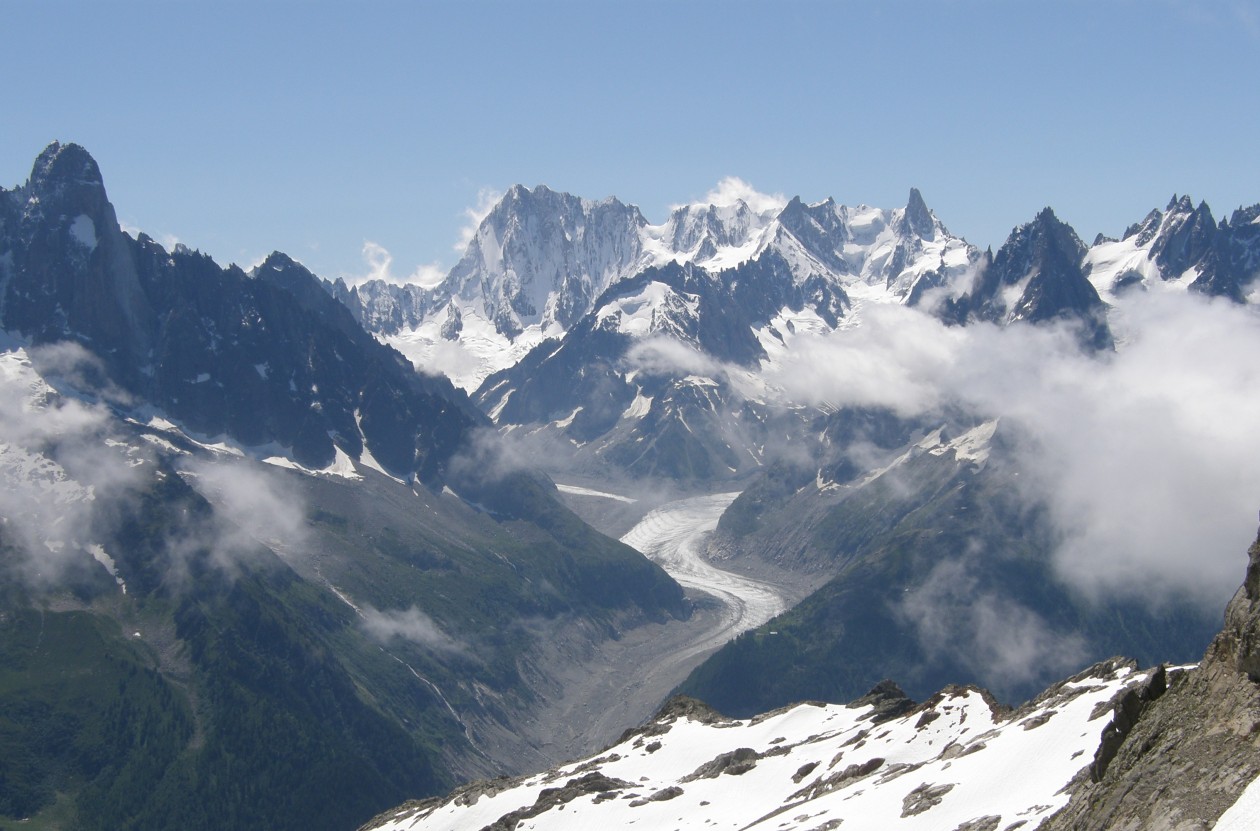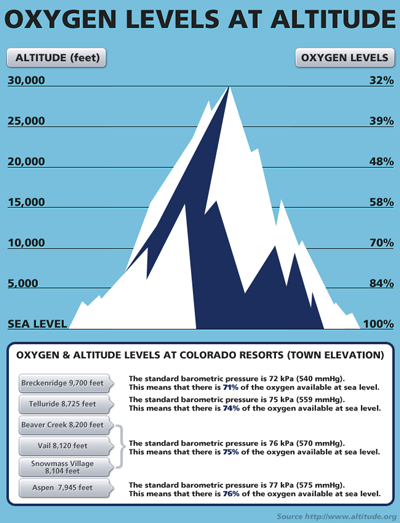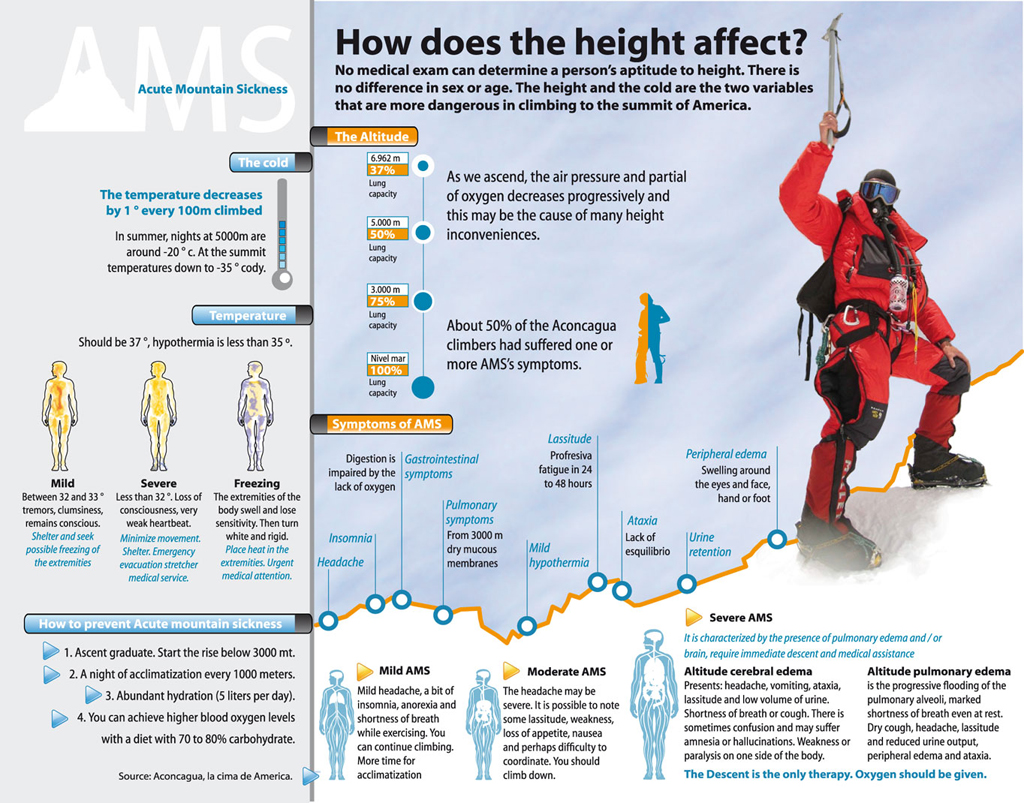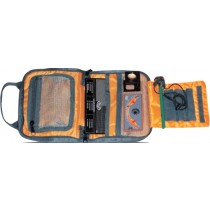Today it is time for door number 12. And the topic of the day will be a bit of ice climbing and also about altitude sickness.
I dint think you have mist that I really love Ice Climbing. There are lot lots of reasons. But most of all it is the material of ice. Its is unique every time, never the same. And you have to adept to the circumstances. It is technique, strength and a mental thing:-). Here the Swedish radio will give you a introduction of the ”creature” ice climbing..
http://sverigesradio.se/sida/artikel.aspx?programid=1646&artikel=6091050
When it comes to altitude sickness the Doctors News in Sweden explain that High altitude medicine is also an issue for Swedish primary care. Peoples traveling habit has changed, and more people travel in high altitude areas and the adventure traveling increase all the time. So the primary care need to have knowledge of the risk factors related to high altitude.
When the degree of inclination exceeds the adaptability of the body, pathological symptoms arise with the concept of altitude sickness
The level of altitude will decrease the level of oxygen:
And the affect of the human body will be different of the altitude:
Slow ascension is seen as the best measure to prevent altitude sickness. Recommendations differ slightly between different experts, but the majority consider that non-acclimated individuals should not climb more than 300-500 meters per day at altitudes above 3,000 meters.
The only pharmacological treatment with the highest evidence according to the degree of American College of Clinical Pharmacology is acetazolamide, which can be used both as prophylaxis and as treatment. Acetazolamide is a carbohydrate inhibitor, which, for example, induces metabolic acidosis enables faster acclimatization. It does not mask symptoms, and acetazolamide is therefore seen as a safe drug. The side effects are mainly dizziness, paraesthesia and fatigue. The prophylaxis dose is 125 mg × 2 and is recommended by WMS to people with previous altitude sickness and prior to travel where rapid ascension can not be avoided.
https://www.tindeberg.se/bca-slope-meter-1.html?___store=tindeberg_se&nosto=nosto-page-category1
https://www.tindeberg.se/produkter/utrustning/lavin-utrustning/bca-snow-study-kit-orange.html
A professional kit for assessing the quality of snow for avoiding avalanches.
See ya soon..






That snowstudykit looks cool….